FORT IRWIN, Calif. -- At the end of a grueling two-and-half-day ordeal, eight Blackhorse Troopers stood tall and proud as graduates of the 11th Armored Cavalry Regiment's Pre-Ranger Course at Fort Irwin, Calif., which ran from Feb. 28 to March 2.
The Pre-Ranger is a course designed to better prepare Soldiers aspiring to become Rangers. The course affords them the opportunity to assess and prepare themselves mentally and physically.
"It's important to set the regiment's Soldiers up for success, so we can send people down to school to ensure that they are going to pass, or have an idea of what to expect and have a better attitude," said Sgt. 1st Class Jacob Diaz, the senior Pre-Ranger instructor.
The course is a condensed three-day version of the actual 61-day Ranger School program at Fort Benning, Ga. The instructors aim to prepare Soldiers by providing classes necessary to succeed at Ranger school. More importantly, they are given leadership training, a core component of Ranger School.
"Ranger School is a leadership school. It puts students in position to lead, from platoon leader, platoon sergeant squad leader, and team leader," said Sgt. 1st Class Carlos Pena, another Pre-Ranger instructor. "A lot of those Soldiers who go to the course have never been in those positions, so they learn from step one."
The first day of the course started in the morning hours of Feb. 28. Almost 40 Soldiers came to conduct the Ranger Physical Fitness Test, a modified version of the Army Physical Fitness Test.
In order to stay in the course, students must complete 49 push-ups and 59 sit-ups, in two minutes each. The candidates must also finish a five-mile individual run in less than 40 minutes, and then perform six chin-ups. By the end of the Ranger Physical Fitness Test, only 15 students were able to continue.
Following the Ranger Physical Fitness Test, the students conducted the Combat Water Survival Test. One-by-one, he Soldiers, donned in their Army Combat Uniforms with boots, load bearing vest and a training rifle, walked off the high-board and into the pool below. Once in the water, the Soldiers then removed their vests and swam the whole length of the pool. The last portion of the Combat Water Survival Test required the students to tread water for at least 10 minutes.
The rest of the day saw the students attend classes on troop leading procedures, 9-line Medical Evacuation request, and land navigation.
The students started the second day of the course at 2 a.m., with a land-navigation course. Upon completion of the course, the students were given more classes before tackling the obstacle course.
The students had to pass each obstacle, in between obstacles, the students high-crawled or conducted other calisthenic exercises. The purpose of the added stress of the exercises was to mentally prepare the Soldiers for the Ranger School's famed Darby Queen obstacle course.
At the end of the second day, less than half of the Soldiers who had started the course were still in. The remaining students did not have much time to recover from the previous two days' rigors as they would embark on the course's final event; the 15-mile ruck march.
The students started on their movement around 1 a.m. and saw them march through mostly darkness. Toward the end of the march, with the finishing point within sight, the students ran to the end. The eight Soldiers who had passed the march also had passed the course.
"For us, accomplishing it shows that we were the only ones who were willing and had the heart to do it right now," said 1st Lt. Joseph Tricomi, K Troop, 2nd Squadron, 11th Armored Cavalry Regiment. "It was challenging but the real hard part has just begun, going to Ranger School. This just gave us a taste and to make sure we are physically capable of handling the lack of sleep, the ruck marches and the PT."
As a young leader, Ranger School provides vital leadership skills, said Tricomi. He also said that his experience has opened his eyes to the importance of Ranger training for leaders and how his Soldiers can benefit from him going to Ranger School.
"As a leader, it gives you pure leadership training at every level from team leader to platoon leader," he said. "At first I didn't know what to expect and what was going on at Ranger School. With all the things we had to do now, the more that it was explained to me, the more I know now why Ranger graduates are so 'high-speed.' It's because of the things that they are taught there at the 61-day course."
Just as important, Tricomi said he learned something about himself as well.
"I learned that I have a reserve," Tricomi said. "I have something I can dig deep into and continue to keep exercising, or push on and drive on."

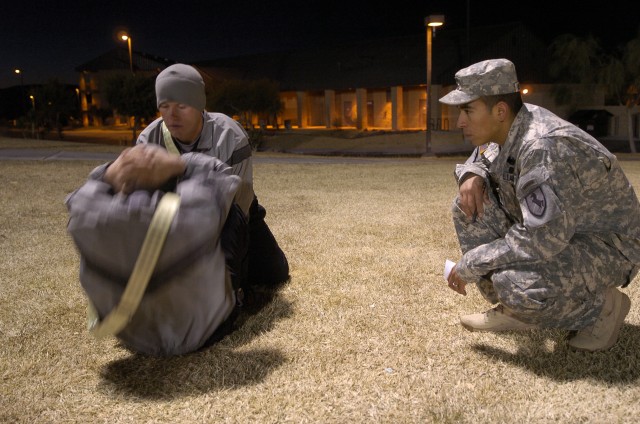
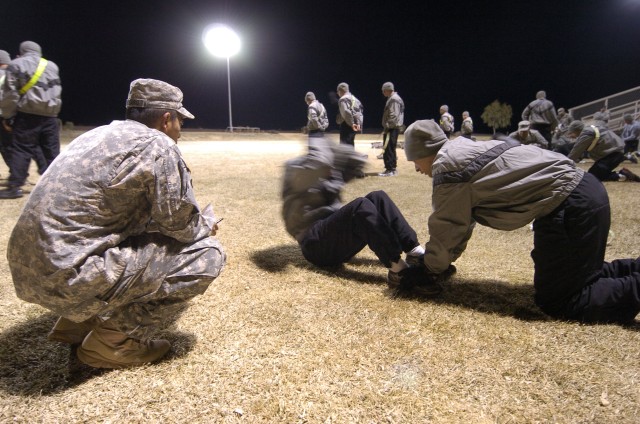
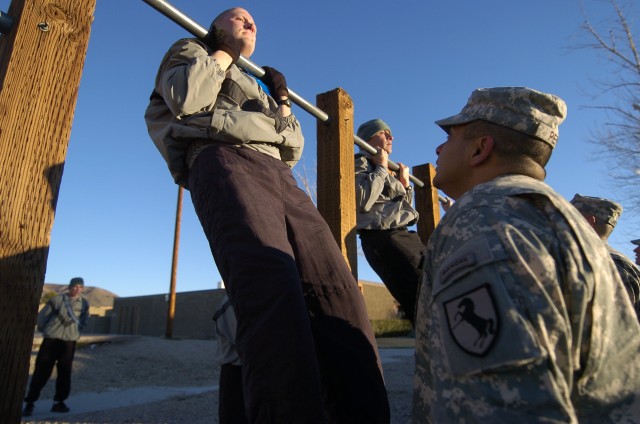
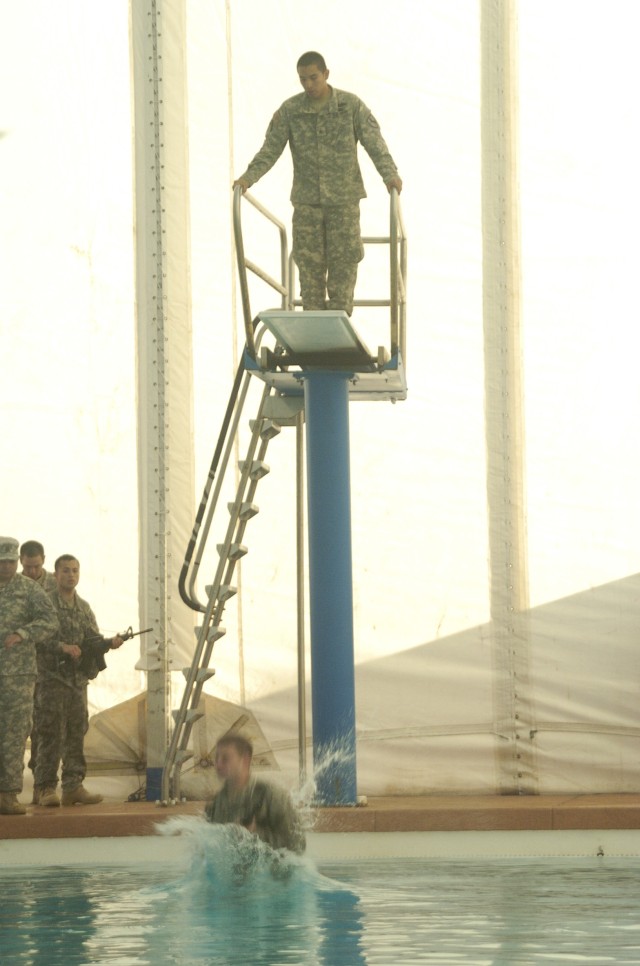

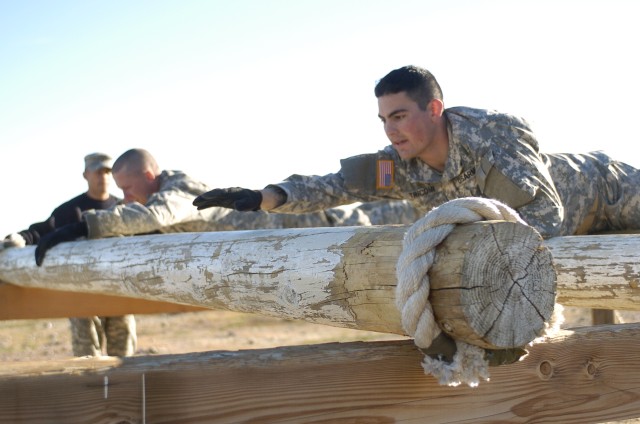
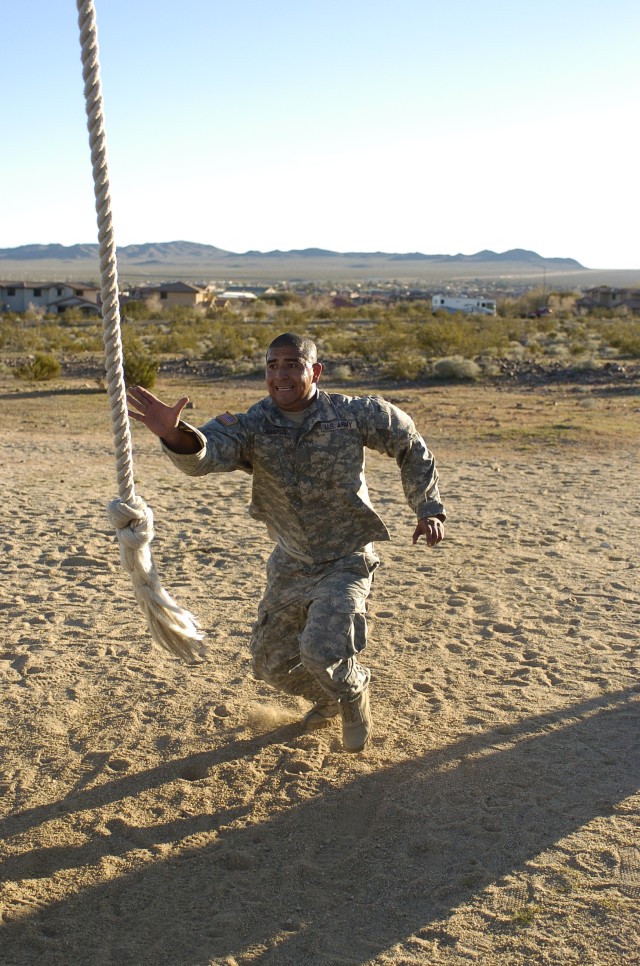
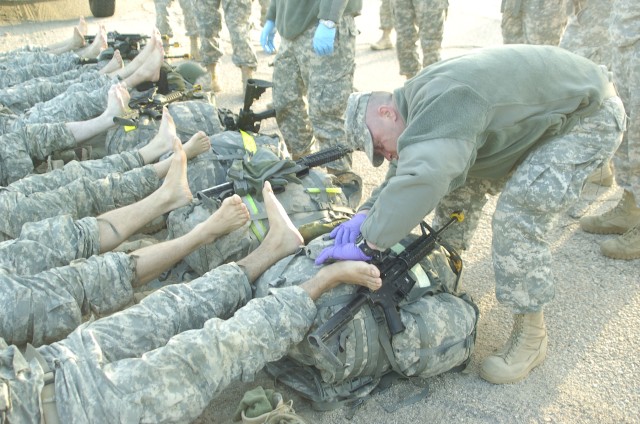
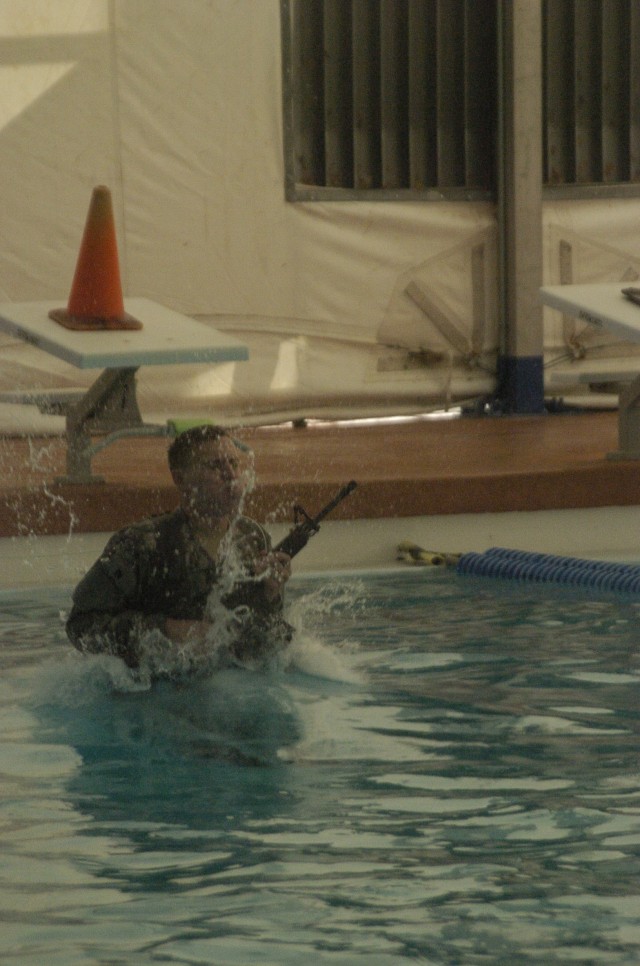
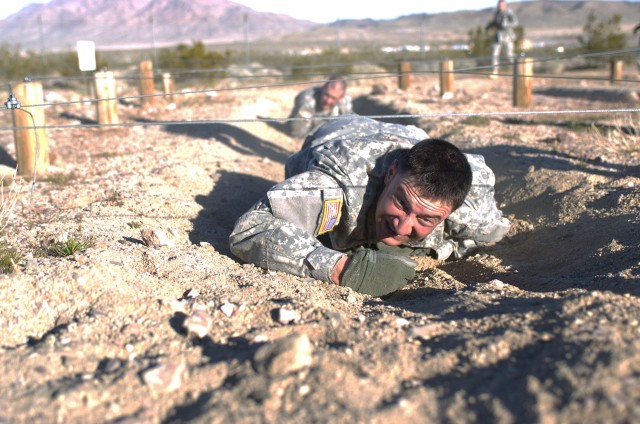











Social Sharing